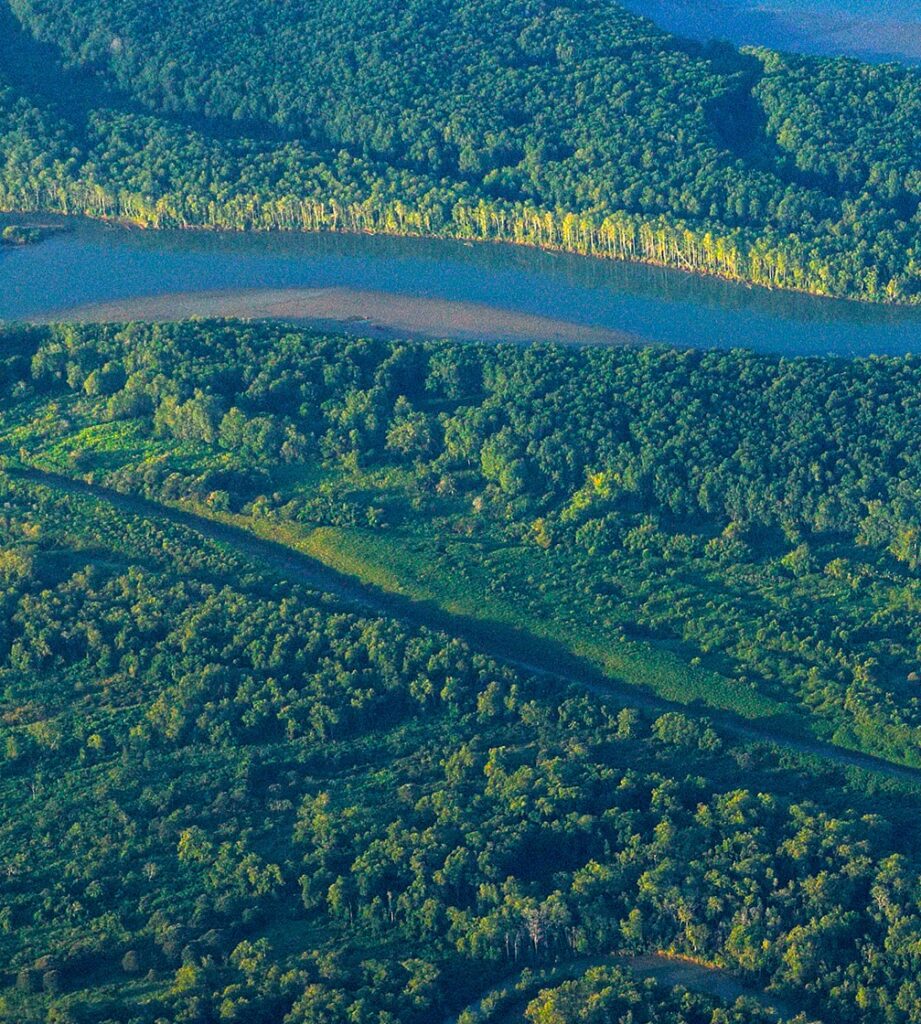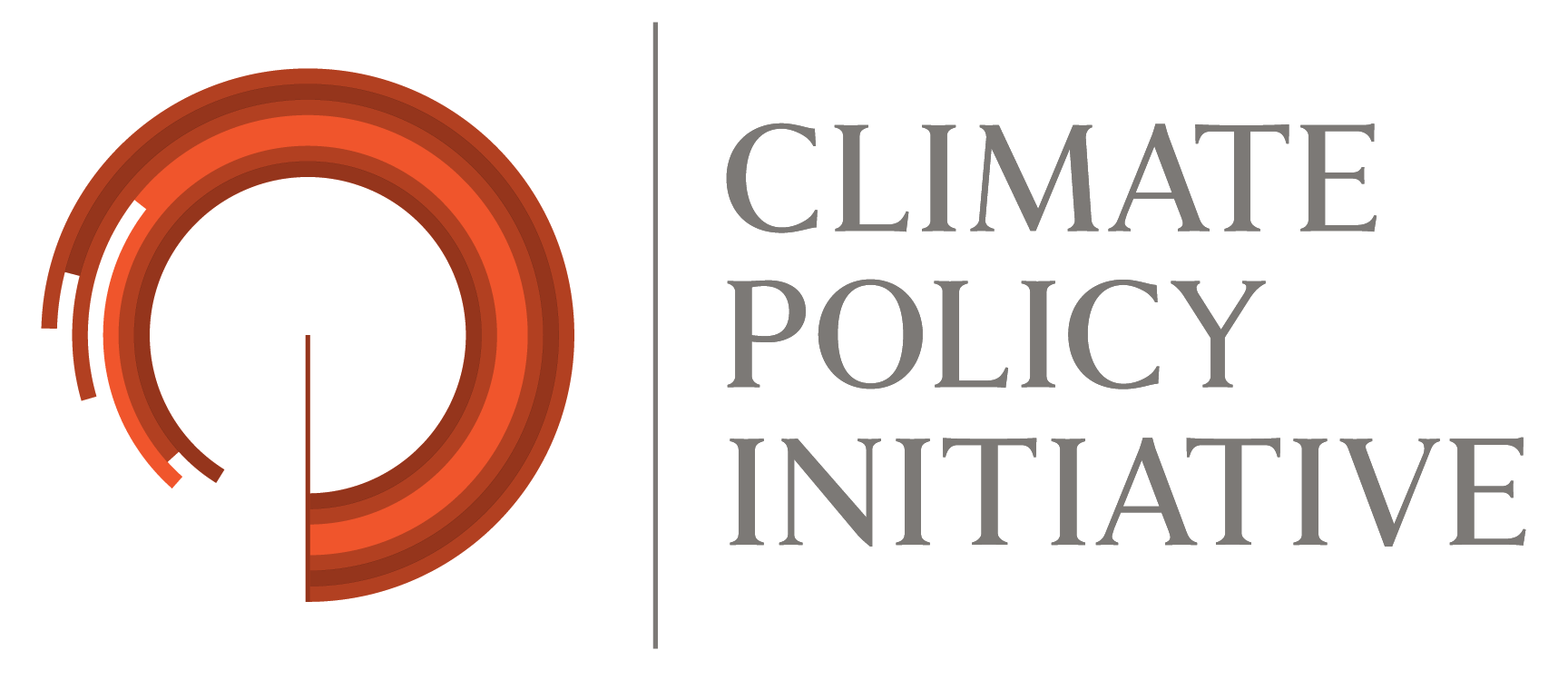The Forest-Climate Nexus: A Fit-for-Purpose Framework for Climate Impact
Tropical forests: from climate risk to climate solution.
Download the reportExecutive Summary
Global efforts to tackle climate change are falling short. Despite years of international negotiations and commitments, emissions continue to rise, and the transition to a low-carbon economy remains uneven and insufficient. Current policies and actions are not only failing to curb emissions but are also allowing climate impacts to intensify, leaving ecosystems, communities, and economies increasingly vulnerable. The need for urgent, ambitious, and coordinated measures has never been greater, as the window to avoid irreversible climate impacts continues to narrow.
In this context, scaling carbon removals has become increasingly critical—and tropical forests stand out as one of the most powerful, immediate, and cost-effective solutions. Forest restoration can deliver vast carbon sequestration at a relatively low cost, while safeguarding biodiversity, regulating water cycles, and supporting rural livelihoods.
Yet, despite their immense potential, tropical forests are often regarded as a climate risk rather than recognized as central solutions due to ongoing deforestation. Effectively stopping deforestation, conserving standing forests, and restoring degraded lands could transform this perception, creating a reinforcing feedback loop between climate action and forest health. A better forest management can play an important role in climate mitigation, revenues from climate-related services can be invested to restore and safeguard tropical ecosystems, strengthening forest resilience and reducing the risk of crossing critical tipping points.
In this report, researchers from Climate Policy Initiative/Pontifical Catholic University of Rio de Janeiro (CPI/PUC-RIO) explore the forest-climate nexus, highlighting the deeply reciprocal relationship between tropical forests and climate. By examining 91 countries with tropical forests, the researchers document the diversity of challenges—highlighting the need for differentiated and flexible approaches—and identify a key opportunity in the form of forest restoration. While existing policy instruments offer solutions to protect forests and promote restoration, they are often vulnerable to political cycles, underscoring the need to provide stable incentives for countries to protect tropical forests. This report presents a fit-for-purpose financial architecture tailored to meet the different realities of tropical forests across the world, and proposes a Reversing Deforestation Mechanism (RDM) to fill a critical gap that would advance restoration and transform the role of forests from a climate risk to a climate solution.
Through the integration of jurisdictional and results-based approaches, the proposed RDM addresses the current absence of robust financing for large-scale restoration and complements efforts to curb deforestation and safeguard standing forests, such as Jurisdictional REDD+ (JREDD+) and the Tropical Forest Forever Facility (TFFF).
As the world prepares for COP30 in Belém, this report’s message is clear: tropical forests must move from the margins of climate strategies to the forefront. Forests are not just vulnerable to climate change—they are indispensable to solving it. With tailored policies, robust finance, and long-term political commitment, they can deliver climate mitigation, biodiversity protection, and sustainable development at a scale few other solutions can match. The urgency is paramount: acting decisively now can transform tropical forests into lasting climate assets, while delaying action risks losing an unparalleled opportunity to secure both climate and ecological stability.
As the world prepares for COP30 in Belém, tropical forests must move from the margins to the center of the climate strategy.
The Forest-Climate Nexus

The forest-climate nexus underscores the dual role of tropical forests as climate regulators and climate solutions. Beyond storing immense carbon stocks, tropical forests also influence rainfall patterns through evapotranspiration, regulate water cycles, sustain biodiversity, and support over a billion people, while deforestation and degradation impact emissions and disrupt ecosystems and livelihoods. Forests also play an important role in helping species, people, and countries adapt to climate change. Simultaneously, forests face rising vulnerability to higher temperatures, changing precipitation, prolonged droughts, and more frequent wildfires. This bidirectional dynamic means that forest loss accelerates climate change, while climate change undermines forest resilience.
Protecting and restoring forests represents one of the most scalable, cost-effective, immediate, and politically viable options for climate mitigation and adaptation. Climate policy and finance can play a crucial role in implementing the forest-climate nexus, by reinforcing forest protection and fostering restoration.
Forests are not just vulnerable to climate change
—they are indispensable to solving it.
Tropical Forest Countries: Challenges and Opportunities
Using satellite-based information, this report assesses tropical forests across 91 countries, examining forest cover, deforestation trends, and opportunities for restoration. Figure 1 shows how, together, these countries hold 1.27 billion hectares (ha) of tropical forests and store 593 gigatons of CO2 equivalent (GtCO2), which amounts to approximately one-third of the world’s historical emissions. Over the past decade, these countries have lost over 10 million ha per year. Nevertheless, the drivers of deforestation vary widely—from cattle ranching and shifting cultivation to fuelwood collection, illegal logging, and illicit economies.
While deforestation significantly impacts climate mitigation efforts, the restoration of areas deforested since 2001 could capture up to 49 GtCO2. To put this into perspective, in 2024, the remaining carbon budget was estimated at 900 GtCO2e for limiting warming to below 2°C and 200 GtCO2e to stay below a 1.5°C limit according to the UNEP Emissions Gap Report (2024).

Figure 1. Countries with Tropical Forests, 2023
![]() Interactive map
Interactive map
Source: PI/PUC-RIO with data from Hansen et al. (2013) – v1.11, CHIRPS precipitation (2023), and TerraClimate temperature (2020), 2025
This report recognizes that the reality of countries varies substantially and categorizes them into three groups based on their forest cover, deforestation rates, and carbon potential:
• High Forest Cover, Low Deforestation, Low Carbon Potential
• Low Forest Cover, High Deforestation, Low Carbon Potential
• High Forest Cover, High Deforestation, High Carbon Potential
This classification exercise highlights the importance of understanding the nature and scale of the challenges different countries face and underscores the need for flexible and context-specific strategies that match actions and investments to meet these challenges.
When investigating different forest contexts and socioeconomic conditions across 91 countries, CPI/PUC-RIO observed that deforestation is not directly related to the economic development of countries. This study shows that neither standing forests nor deforestation rates have a direct relationship with countries’ per capita income. Thus, it can be inferred that deforestation is not a necessary condition for economic growth, and at the same time, that the protection and restoration of forests do not hinder socioeconomic development.
Forest Policy Toolkit: Effectiveness and Political Risks

Bolstering forests to serve as a climate solution requires robust policy frameworks. Governments have developed an effective toolkit of regulatory measures and economic incentives and subsidies, as shown in Figure 2, to reduce deforestation and promote restoration in tropical contexts. Key instruments include protected areas, the protection of species at risk and their habitats, forest and land-use regulations, Payments for Environmental Services (PES), agricultural subsidies, conditions on access to rural credit, and commercial and market-based policies. Evidence indicates these interventions are most effective when they are grounded in local social, political, and economic contexts and are strategically combined in a complementary manner.
Figure 2. Forest Policy Toolkit
REGULATORY INSTRUMENTS
• Protected Areas
• Wildlife Protection Regulations
• Forest and Land-Use Regulations
• Enforcement-centered Instruments
ECONOMIC INCENTIVES AND SUBSIDIES
• Payment for Environmental Services
• Subsidies for Increases in Agricultural Productivity
• Policies for Credit Subsidies
• Commercial and Market-Based Policies
Source: CPI/PUC-RIO, 2025
The success of policies depends on having the right conditions in place to support their implementation. Clear land tenure and property rights, policy alignment across sectors, coordinated institutional arrangements, accountable decision-making, and consistent enforcement are essential to translate policy into results on the ground.
Politics remains a major source of uncertainty. Deforestation often rises or falls depending on shifts in government priorities. To be effective, policies must therefore be designed to withstand political change. Building resilience can involve strengthening legal frameworks, embedding enforcement in independent institutions, or aligning economic incentives with long-term forest stewardship. The key lesson is that effective forest policy depends not only on good design but also on the conditions that enable it to endure. Having a fit-for-purpose financial architecture is a way of providing such incentives to countries with tropical forests.
Effective forest policy depends not only on good design, but on the enabling conditions—and incentives—that allow it to endure beyond politics.
Building a Fit-for-Purpose Financial Architecture: RDM
Ultimately, this report aims to advance a fit-for-purpose financial architecture to create incentives for effective forest protection and restoration that meet the needs of individual countries and promotes common climate good. Researchers from CPI/PUC-RIO propose a new piece of financial architecture to close the forest finance gap and promote restoration: the Reversing Deforestation Mechanism (RDM). JREDD+, while allowing forest restoration, has primarily been used to halt deforestation. Alternatively, while the recently proposed TFFF rewards restored forests, it mainly focuses on preserving standing forests.
RDM is proposed as a complement to the existing JREDD+ and TFFF mechanisms. It is designed to reward net carbon removals—CO2 captured through restoration subtracting emissions from deforestation and degradation—at the jurisdictional level. Payments would be results-based, tied to verified annual performance, and managed through dedicated jurisdictional funds to reinvest in forest protection and sustainable land use. Figure 3 provides a comparison of these three complementary mechanisms.
Together, RDM, TFFF, and JREDD+ form
a set of complementary mechanisms that,
when integrated, consolidate a coherent and
effective financial architecture for tropical forests.

Figure 3. Forest Finance Mechanisms: JREDD+, TFFF, and RDM
Source: CPI/PUC-RIO, 2025
At US$ 50 per ton, RDM could remove up to 2 GtCO₂ a year—closing 11–13% of the 2035 emissions gap—while generating about US$ 100 billion annually.
Estimates indicate that at a carbon price of US$ 50 per ton of CO2, RDM could generate revenues with discounted present value exceeding US$ 5,000 per hectare for 170 million ha worldwide. Restoring forests under this scheme could remove up to 2 GtCO2 per year globally in the first years of operation, which is about 11-13% of the emissions gap to limit climate change to 2.0°C in 2035, according to the UNEP Emissions Gap Report (2024). At US$ 50 per ton, that represents roughly US$ 100 billion in annual revenues—underscoring both the climate significance and the financial opportunity of large-scale restoration. By tying climate finance directly to verified carbon outcomes, RDM provides a scalable and transparent pathway for transforming tropical forests into high-impact climate assets.
Achieving the full potential of RDM depends on a set of implementation requirements that ensure environmental integrity, financial viability, and long-term impact. Implementing large-scale restoration through jurisdictional approaches offers a pathway to maximize climate and ecological benefits while enabling effective enforcement and monitoring. By focusing on entire jurisdictions rather than isolated projects, restoration efforts benefit from reduced fragmentation, enhanced carbon permanence, and economies of scale in enforcement. Central to this strategy is a robust carbon accounting framework that ties payments to net carbon outcomes, combining removals from regeneration with penalties for emissions from deforestation and degradation. This ensures environmental integrity while aligning incentives across stakeholders.
To scale and sustain these efforts, long-term financial viability is critical. Regulated international carbon markets—enabled by Article 6 of the Paris Agreement—can provide the necessary demand and predictability, offering effective mitigation for high-income countries while channeling results-based finance to tropical jurisdictions. RDM’s permanence safeguards, such as future payments from a dedicated fund or forgivable loans, help protect restored forests over time. Flexibility in the use of proceeds allows alignment with local priorities, while the private sector can enhance delivery, innovation, and the development of sustainable forest-based value chains. Together, these elements form a coherent architecture to unlock the full climate and development potential of tropical forest restoration.
Acknowledgments
The content of this paper was discussed in the context of an independent council convened by the COP30 President-designate, Ambassador André Corrêa do Lago, to inform on some economic dimensions of COP30, including contributions to the ‘Baku to Belém Roadmap to 1.3T’, to be presented by the President of COP29 and the President-designate of COP30, and to the COP30 Action Agenda.
This report benefited from important feedback and comment from representatives from the Ministry of Environment and Climate Change (MMA), the Ministry of Foreign Affairs (MRE) and the Brazilian Development Bank (BNDES).
This work is supported by a grant from Norway’s International Climate and Forest Initiative (NICFI), Climate and Land Use Alliance (CLUA), and Porticus Foundation. This publication does not necessarily represent the view of our funders and partners.
The authors would like to thank Natalie Hoover, Barbara Buchner, Vikram Widge, Cristina Leme Lopes, Beto Veríssimo, and the Amazon 2030 group for comments and suggestions. The authors would also like to thank Natalie Hoover and Camila Calado for editing and revising the text Meyrele Nascimento and Nina Oswald Vieira for formatting and graphic design.
↑ Go back to the top of the page

